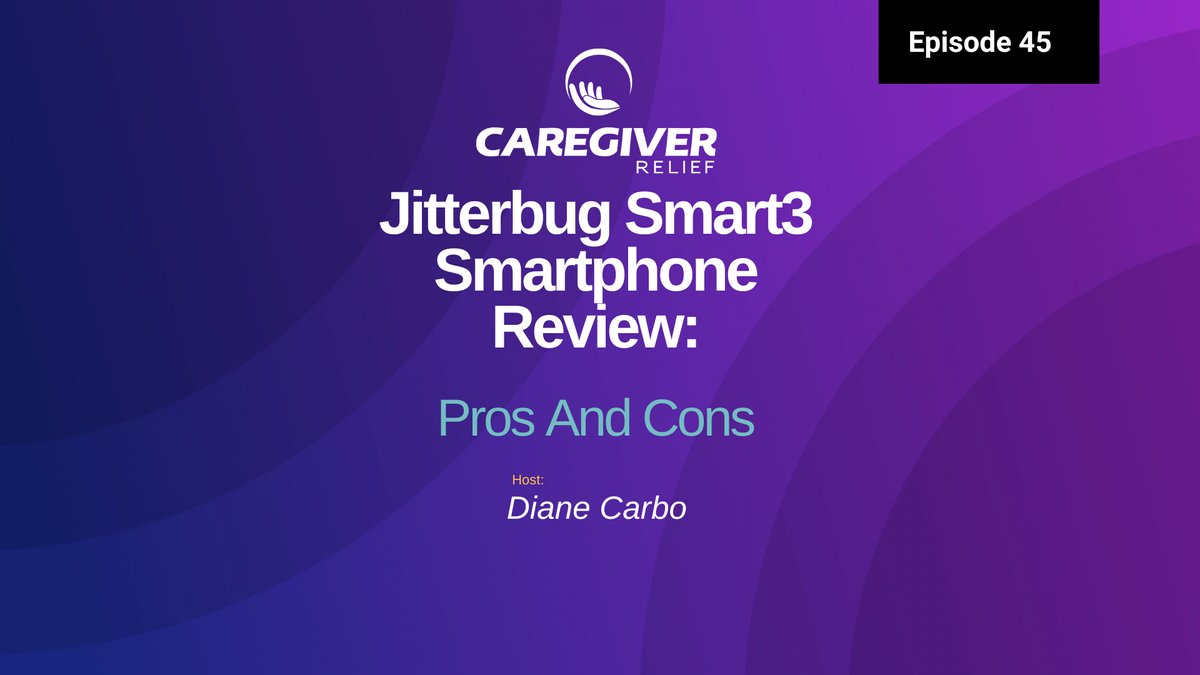Understand Assistive Technology: Types, Benefits, and Usage
Assistive technology helps people with disabilities gain independence and functionality. It comes in many forms, from low to high tech solutions, tailored to individual needs. Funding and resources are available for those seeking assistive technology support.

Imagine a world where individuals with disabilities can access technology tailored to their unique needs, enabling them to harness their full potential and participate in daily activities with ease. This is the world of assistive technology—a realm that fosters independence, enhances communication, and empowers those with disabilities to thrive. In this exploration, we’ll delve into the various types of assistive technology, their benefits, and how they impact the lives of those who use them.
Key Takeaways
- Assistive technology helps people with disabilities gain independence and functionality.
- It comes in many forms, from low to high tech solutions, tailored to individual needs.
- Funding and resources are available for those seeking assistive technology support.
Understanding Assistive Technology
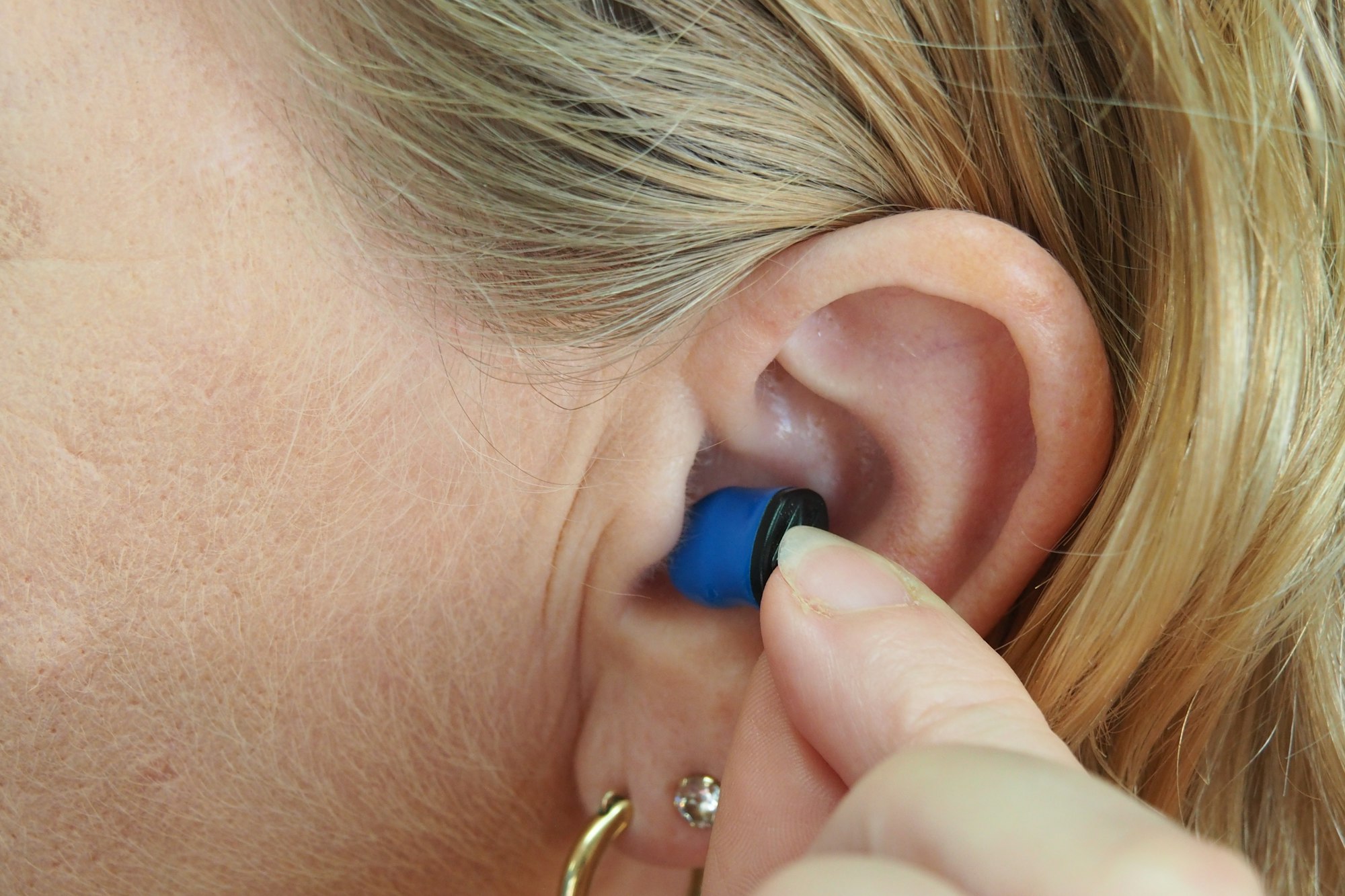
Assistive technology encompasses a wide range of devices and systems specifically designed to help individuals with disabilities increase, maintain, or improve their functional capabilities. These tools empower people to perform tasks that might otherwise be difficult or impossible due to their disability.
But how do assistive technologies differ from medical devices? While both aim to improve the quality of life, assistive technologies focus on enhancing independence and functionality, whereas medical devices diagnose, treat, or prevent medical conditions.
Definition and Purpose
Assistive technology refers to any item, product system or piece of equipment which enhances, maintains, or improves the functional capabilities of individuals with disabilities, thereby aiding them in their daily routines. These tools serve a wide range of purposes, from supporting communication and mobility to assisting with tasks related to education, employment, and independent living. Do keep in mind that under the Individuals with Disabilities Education Act (IDEA), assistive technology does not include surgically implanted medical devices like prosthetics.
The Tech Act, formally known as the Technology Related Assistance for Individuals with Disabilities Act, further emphasizes the importance of assistive technology services. These services help individuals with disabilities select, acquire, and use assistive technology devices, ensuring they receive the tools best suited to their needs. As a result, assistive technology plays a pivotal role in empowering people with disabilities to lead fulfilling, independent lives.
Assistive Technologies vs. Medical Devices
Though assistive technologies and electronic devices, such as medical devices, both aim to enhance the quality of life, their purposes and applications vary markedly. In the context of such two medical device and categories, it is important to understand their unique features and benefits.
Assistive technologies encompass a wide range of products and systems designed to help people with disabilities perform everyday tasks and participate in various aspects of life. Examples include:
- Wheelchairs
- Hearing aids
- Communication devices
- Adaptive computer software
On the other hand, a medical device serves a more specific purpose: diagnosing, monitoring, treating, or alleviating medical conditions. Examples of medical devices include pacemakers, insulin pumps, and prosthetic devices. The primary distinction between assistive technologies and medical devices lies in their respective goals—assistive technologies focus on enhancing independence and functionality, whereas medical devices target medical conditions. This difference has significant implications for how these tools are regulated and funded.
Assistive Technology Types and Examples

Assistive technology constitutes a wide array of devices and systems, from simple low-tech solutions such as magnifiers to advanced high-tech tools like voice recognition software. Whether acquired commercially or custom-made to meet unique needs, these technologies offer invaluable support for individuals with disabilities, enabling them to participate more fully in various aspects of life.
Low Tech vs. High Tech
Low-tech assistive technologies are simple, cost-effective solutions that don’t require electricity or sophisticated technology. Examples include adapted spoons and Velcro. These devices are often accessible and easy to use, making them a popular choice for addressing everyday challenges.
On the other hand, high-tech assistive technologies incorporate more sophisticated, intricate solutions, often necessitating electricity or computer technology. Examples include speech recognition software, powered wheelchairs, and electronic communication and pointing devices throughout. While high-tech solutions may be more expensive, they can also provide more comprehensive support, particularly for individuals with severe disabilities or complex needs.
Commercially Acquired vs. Custom-Made
Commercially acquired assistive technology refers to devices or equipment that can be purchased off the shelf from a store or supplier. These mass-produced products are readily available and may offer a convenient, cost-effective solution for individuals with disabilities.
Alternatively, custom-made assistive technology involves devices or item piece of equipment specifically designed to meet an individual’s unique needs. These tailored products are typically created through a collaborative effort involving the person with a disability, their healthcare team, and assistive technology professionals. Custom-made solutions can provide a better fit and improved effectiveness, ensuring that the individual receives the optimal support for their specific requirements.
Enhancing Functional Capabilities with Assistive Technology
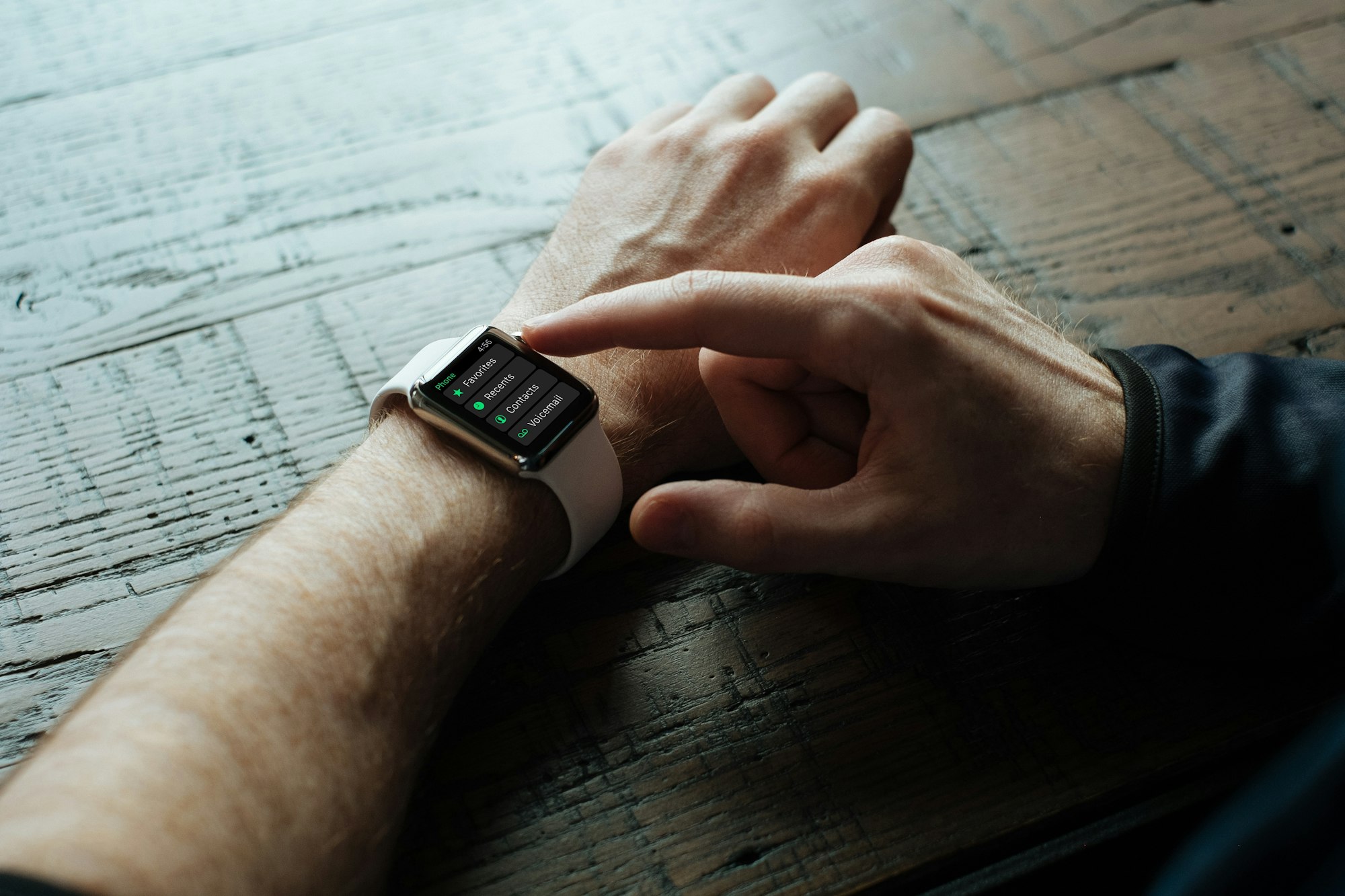
From computer access and communication to positioning and mobility, assistive technology can significantly increase maintain or improve functional capabilities across a wide range of areas. By providing innovative solutions tailored to individual needs, these tools empower people with disabilities to overcome barriers and participate more fully in daily activities.
Accessing Computers and Mobile Devices
Assistive technology significantly facilitates individuals with disabilities in accessing computer software and hardware, such as computers and mobile devices. Some examples of assistive technology include:
- Screen readers
- Screen magnifiers
- Adaptive keyboards and mice
- Voice recognition software
These tools and software program, including screen magnification software, can greatly enhance the user experience for those who may struggle with traditional input methods.
These technologies not only improve access to digital resources but also open up a world of opportunities for individuals with disabilities to participate in various aspects of life, including education, employment, and socialization. By breaking down barriers to digital accessibility, assistive technology empowers people with disabilities to harness the full potential of modern technology.
Communication Programs and Boards
Communication programs and boards are essential tools for those with communication difficulties. These devices facilitate speech and language development by providing alternative means of expression for individuals who may struggle with verbal communication.
Examples of communication boards, programs and boards include:
- TouchChat
- Dynavox
- Avaz
- Speech-generating devices
- Symbol boards
- Specialized software
- Electronic communication boards
With a variety of communication options at disposal, these tools aid individuals with communication challenges to express themselves effectively, thus promoting greater independence and social interaction.
Positioning Devices and Mounting Systems
Positioning devices and mounting systems provide essential support and stability for individuals with mobility challenges. These tools can include seating and positioning devices, mounting systems for tablets, laptops, and AAC devices, and wheelchair mounting systems for various electronic devices too.
Positioning devices and mounting systems, by providing bespoke support, allow people with disabilities to maintain a comfortable and stable position while carrying out daily activities. This improved stability can enhance overall functionality, allowing individuals to participate more fully in various aspects of life.
Assistive Technology in Education
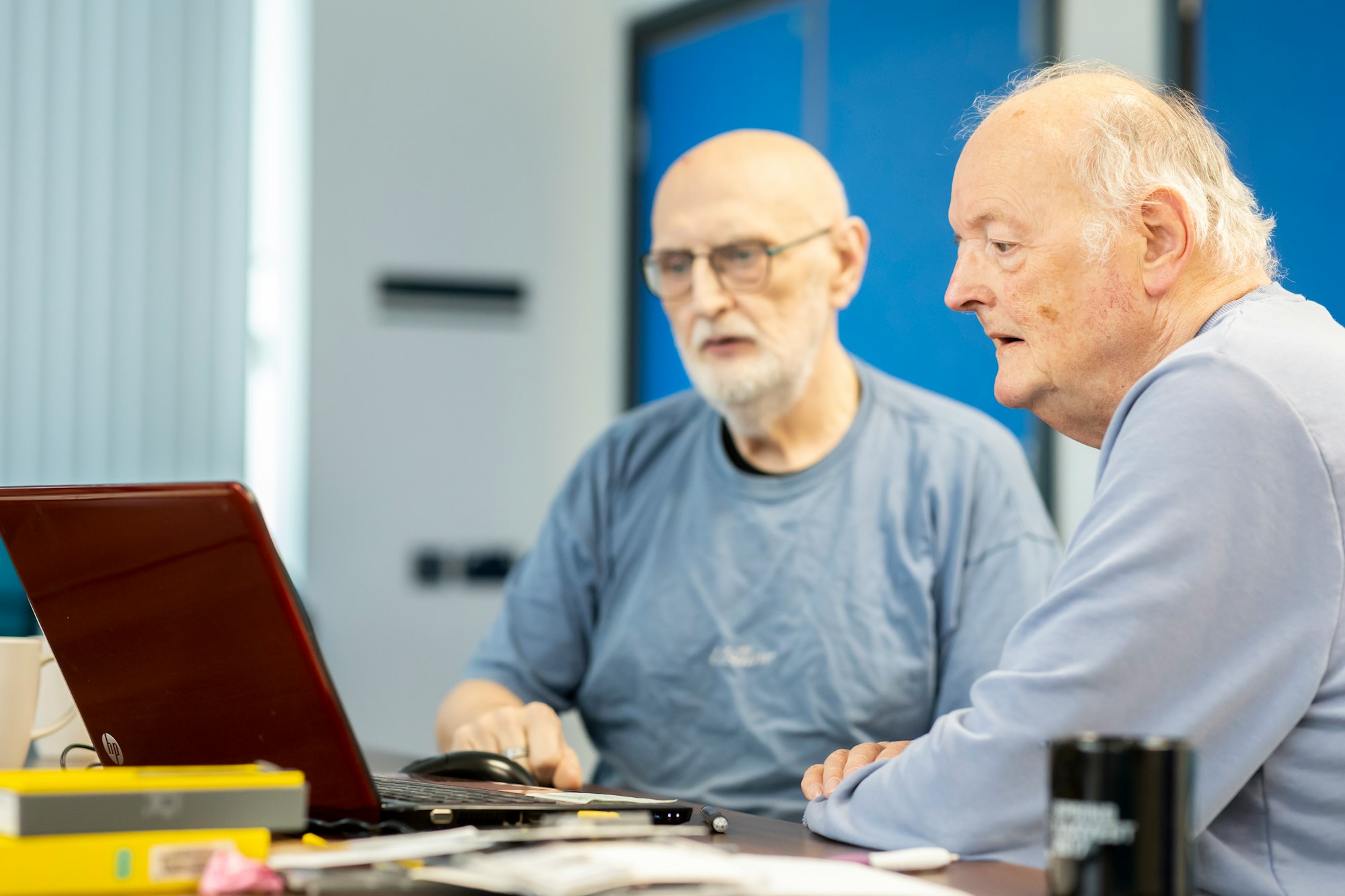
Within the educational domain, assistive technology serves as a key instrument in aiding students with disabilities to access educational materials and activities. Some examples of assistive technology include:
- Specialized curricular software
- Memory aids
- Text-to-speech software
- Speech recognition software
- Alternative keyboards and mice
- Augmentative and alternative communication devices
These tools provide invaluable support for students with physical, cognitive, and learning disabilities, enabling them to thrive academically.
Educational Software and Curriculum Aids
Educational software and curriculum aids offer a range of support for students with disabilities in the classroom. These tools can help with:
- Reading
- Writing
- Math
- Other academic skills
- Organization
- Time management
- Executive functioning
Examples of educational software and curriculum aids include adapted books, worksheets, and manipulatives. By offering tailored support, these resources enable students with disabilities to access the curriculum in a way that best suits their individual needs, fostering academic success and personal growth.
Memory Aids and Specialized Learning Materials
Memory aids and specialized learning materials can be instrumental in helping students with cognitive challenges succeed academically. Some examples of these tools include:
- Audio players and recorders
- Timers
- Reading guides
- Seat cushions
- Mobile devices with specialized apps
These tools provide targeted support for memory, attention, and other cognitive functions.
By offering customized assistance tailored to individual needs, memory aids and specialized learning materials empower students with cognitive challenges to overcome barriers to academic success. This support fosters a more inclusive learning environment, ensuring that all students have the opportunity to reach their full potential.
Assistive Technology Act and Accessibility Legislation
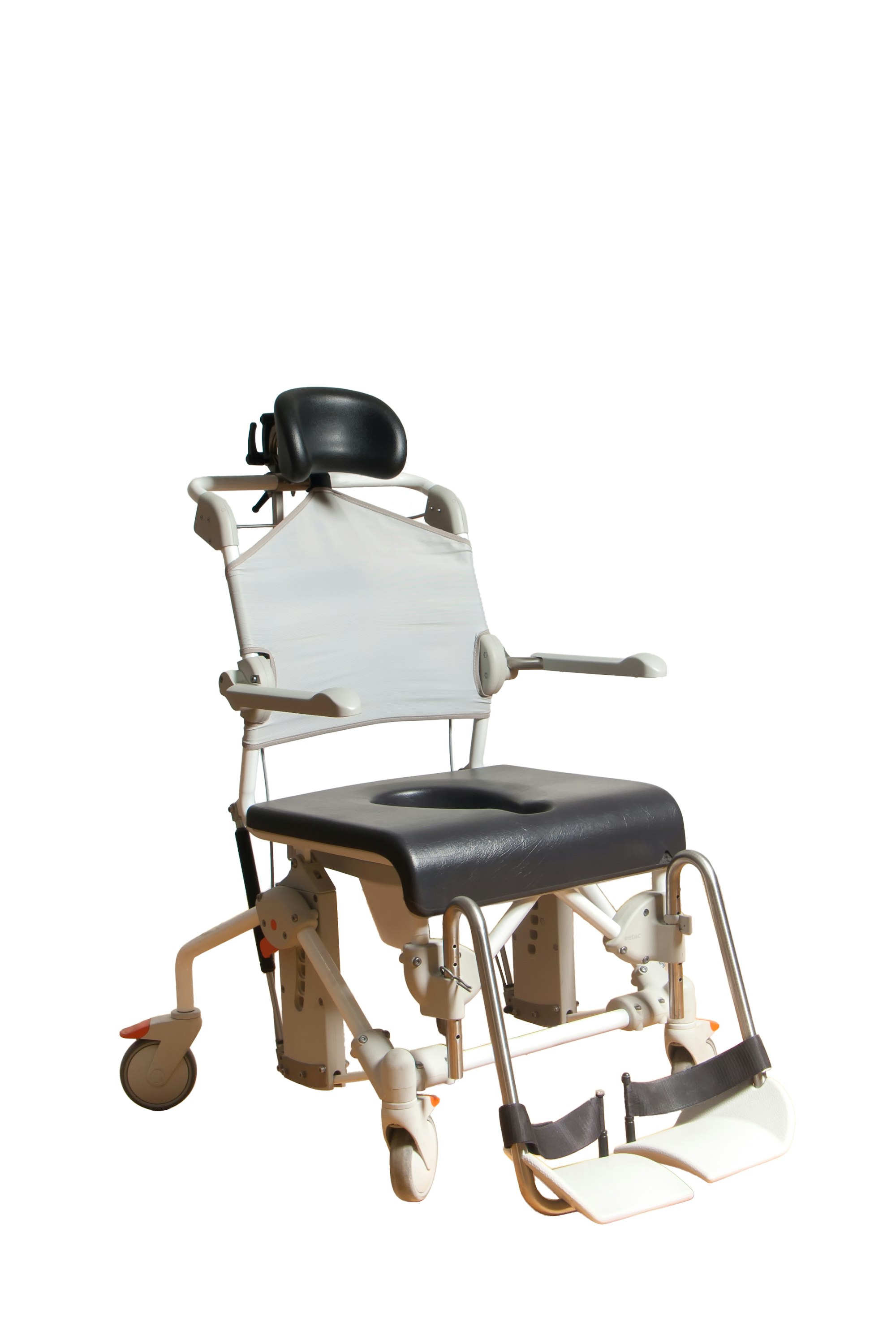
The Assistive Technology Act along with other accessibility legislation significantly contributes to guaranteeing the availability and use of assistive technology for individuals with disabilities. These laws, which include the Americans with Disabilities Act (ADA) and the Rehabilitation Act of 1973, establish guidelines and requirements for accessibility in various settings, such as schools and workplaces.
Tech Act and Its Implications
The Tech Act, or Technology Related Assistance for Individuals with Disabilities Act, provides funding and support for the development and distribution of assistive technology. This legislation ensures that people with disabilities have access to the assistive technology they need to participate in education, employment, and everyday life.
The Tech Act authorizes state and territory programs to help meet the assistive technology needs of individuals with disabilities. By offering funding and resources, this legislation plays a crucial role in promoting the availability and use of assistive technology, enabling individuals with disabilities to lead fulfilling, independent lives.
Disabilities Act and Accessibility Requirements
The Disabilities Act, or Americans with Disabilities Act (ADA), is a civil rights law that protects people with disabilities from discrimination in areas such as employment, transportation, and government services. This legislation requires accessibility in various settings, including schools and workplaces, ensuring that individuals with disabilities have equal opportunities to participate in all aspects of life.
In addition to the ADA, the Rehabilitation Act of 1973 requires that all federal agencies provide reasonable accommodations for people with disabilities. By establishing guidelines and requirements for accessibility, these laws play a vital role in promoting the use of assistive technology and fostering a more inclusive society.
Funding and Resources for Assistive Technology

Though procuring assistive technology related assistance might seem daunting, a plethora of funding options and resources exist to aid individuals with disabilities in accessing the necessary tools. Some of these options include:
- Public funding sources
- Private funding sources
- Support networks
- Professional consultations
With these resources, individuals with disabilities can find the assistance they need to access and utilize assistive technology.
Public and Private Funding Options
Public funding options for assistive technology include government programs such as the Individuals with Disabilities Education Act (IDEA), State Grant for Assistive Technology programs, and Medicare and Medicaid. These programs can provide financial assistance to help individuals with disabilities acquire the assistive technology they need.
Private funding options, on the other hand, include private foundations, charities, and civic organizations that may offer grants, loans, or other forms of financial support for assistive technology. By exploring both public and private funding sources, individuals with disabilities can access the resources necessary to obtain the assistive technology they require.
Finding Help and Support

While exploring the realm of assistive technology can feel overwhelming, various forms of help and support are available to steer individuals through the process. Professional consultations with specialists can provide valuable advice and assistance in selecting the best assistive technology for an individual’s unique needs.
In addition to professional consultations, numerous online resources and community organizations offer support for individuals seeking assistive technology. Local disability organizations, support groups, and advocacy organizations can provide guidance, information, and resources to help individuals access and use assistive technology effectively.
Summary
Throughout this exploration, we’ve delved into the world of assistive technology, examining its various types, benefits, and applications in diverse aspects of life—from education and communication to mobility and accessibility. By understanding the potential of assistive technology and the resources available to obtain it, individuals with disabilities can harness the power of these innovative tools to foster independence, enhance communication, and empower themselves to lead fulfilling lives. Together, we can work towards a more inclusive world where everyone has the opportunity to thrive.
Frequently Asked Questions
What is an example of assistive technology?
Assistive technology includes solutions such as hearing aids, wheelchairs, communication aids, spectacles, prostheses, pill organizers and memory aids. They can range from low-tech items such as pencil grips or paper stabilizers to high-tech items like voice synthesizers or voice activated computers. Solutions may also include store bought products, modified items, or custom made products created using a 3D printer.
What is the most used assistive technology?
Screen readers and refreshable Braille displays are the two most popular assistive technologies, and screen readers are often used in combination with text-to-speech technology. Other common options include audio players and recorders, timers, reading guides, seat cushions, FM listening systems, calculators, writing supports, and graphic organizers.
What is assistive technology and how is it used?
Assistive technology is an item, piece of equipment, software program, or product system used to increase, maintain, or improve the functional capabilities of persons with disabilities. It can range from low-tech communication boards made from cardboard or fuzzy felt to mobility devices such as wheelchairs and walkers, to hardware, software, and peripherals used to increase maintain or assist people in accessing computers or other information technologies.
What are assistive technologies for people with disabilities?
Assistive technologies are tools designed to help people with disabilities maintain and improve their functioning and independence. This product system includes devices like hearing aids, wheelchairs, communication aids, spectacles, prostheses, pill organizers and memory aids.
What is the main purpose of assistive technology?
Assistive technology provides people with disabilities the means to increase, maintain, or improve their functional capabilities and perform tasks that would otherwise be challenging or impossible.
Can you provide examples of specialized computer hardware used in assistive technology?
Certainly. Specialized computer hardware in assistive technology includes adapted keyboards, screen readers, eye-tracking devices, and alternative input methods like sip-and-puff systems. These tools enable individuals with disabilities to access and utilize digital resources effectively.
How do pointing devices enhance accessibility for individuals with disabilities?
Pointing devices, like trackballs or head-controlled mouse systems, are designed to assist those with mobility impairments. These devices provide an alternative way to control the computer cursor, facilitating navigation and interaction with digital content, which is crucial for participation in today's technology-driven world.
Can you explain the role of prosthetic devices in assistive technology?
Prosthetic devices in assistive technology refer to artificial limbs or body parts that replace lost or impaired natural functions. They significantly improve mobility and independence for individuals with physical disabilities, allowing them to participate more actively in daily life and regain a sense of normalcy.
How does an assistive technology device benefit individuals with disabilities in educational settings?
Assistive technology devices play a vital role in education by enhancing the accessibility of learning materials and tools. For students with disabilities, these devices can level the playing field, enabling them to participate fully in classroom activities, access textbooks, and engage in digital learning platforms.
Are there specific regulations or standards for an assistive technology device?
Yes, there are regulations and standards governing assistive technology devices. In the United States, the Americans with Disabilities Act (ADA) and Section 508 of the Rehabilitation Act require federal agencies to make their electronic and information technology accessible to individuals with disabilities. Compliance with these standards ensures that assistive technology devices are available and usable.
Can an assistive technology device be tailored to meet an individual's specific needs and preferences?
Yes, assistive technologies are often customizable to cater to an individual's unique needs and preferences. Many devices and software applications offer various settings and adjustments, allowing users to tailor the technology to their specific requirements.
How is computer hardware integrated into assistive technology solutions?
Computer hardware, including specialized keyboards, monitors, and input devices, serves as the backbone of many assistive technology solutions. These devices are integrated with software applications to create comprehensive assistive technology solutions designed to meet the diverse needs of individuals with disabilities.
What role do assistive technology devices play in increasing independence for individuals with disabilities?
Assistive technology devices empower individuals with disabilities by enhancing their independence and autonomy. These devices enable them to perform tasks, access information, and engage in activities that might otherwise be challenging, fostering greater self-reliance and confidence.
How will assistive technology continue to evolve in the future to better serve those with disabilities?
The future of assistive technology looks promising, with ongoing advancements in computer hardware, artificial intelligence, and user interfaces. As technology evolves, we can expect more innovative and user-friendly solutions that further enhance the lives of individuals with disabilities, allowing them to participate fully in society.
What are assistive technology devices, and how do they work?
Assistive technology devices encompass a wide range of tools, including computer hardware, computer software, electronic devices, and specialized curricular software. These devices are designed to support individuals with disabilities in their daily activities. They work by adapting or enhancing the way individuals interact with their environment, often including screen readers for text-to-speech conversion and communication programs to facilitate social interaction.
Can you provide examples of specialized computer software used in assistive technology?
Certainly. Specialized computer software includes screen readers, text-to-speech software, and communication programs that aid individuals with disabilities, especially those with visual or communication impairments. These software applications enable users to access information and communicate effectively, thus enhancing their participation in various activities.
How does specialized curricular software benefit students with disabilities?
Specialized curricular software is tailored to the needs of students with disabilities. It offers customized educational content and adaptive features to accommodate different learning styles and abilities. This type of software plays a crucial role in educational settings by providing accessible materials and interactive learning experiences.
Are electronic devices an essential part of assistive technology solutions?
A4: Electronic devices, including smartphones, tablets, and wearable technology, are integral components of many assistive technology solutions. They serve as platforms for specialized apps and software that enhance accessibility, communication, and independence for individuals with disabilities. These devices are versatile tools for those who rely on assistive technology.
How do communication programs aid individuals with disabilities?
Communication programs are essential for individuals with speech or language impairments. These programs, often found as software or apps, provide alternative means of expression, such as text-based communication or symbol-based systems. They enable users to communicate effectively, fostering social interaction and participation in various contexts.
Can assistive technology be personalized to meet individual needs?
Yes, assistive technology solutions are highly customizable. They can be tailored to meet an individual's specific needs and preferences, whether it involves specialized curricular software for students, screen readers for accessibility, or communication programs for enhanced social interaction. Customization ensures that users can utilize these technologies effectively.
Are there legal requirements for incorporating assistive technology in educational settings?
Yes, legal requirements such as the Individuals with Disabilities Education Act (IDEA) in the United States mandate that educational institutions provide appropriate accommodations and assistive technology solutions for students with disabilities. These requirements ensure that students have access to specialized curricular software, electronic devices, and other tools to support their learning needs.
How will the future of assistive technology evolve to better serve individuals with disabilities?
The future of assistive technology is promising, with ongoing advancements in computer software, hardware, and electronic devices. As technology continues to evolve, we can expect more innovative solutions that further enhance the accessibility and inclusivity of individuals with disabilities, allowing them to participate fully in education, employment, and daily life.
This expanded FAQ section offers a comprehensive overview of assistive technology, including its various components, such as computer software, electronic devices, and specialized curricular software, and how they support individuals with disabilities in various aspects of life.
You might also like this article:


